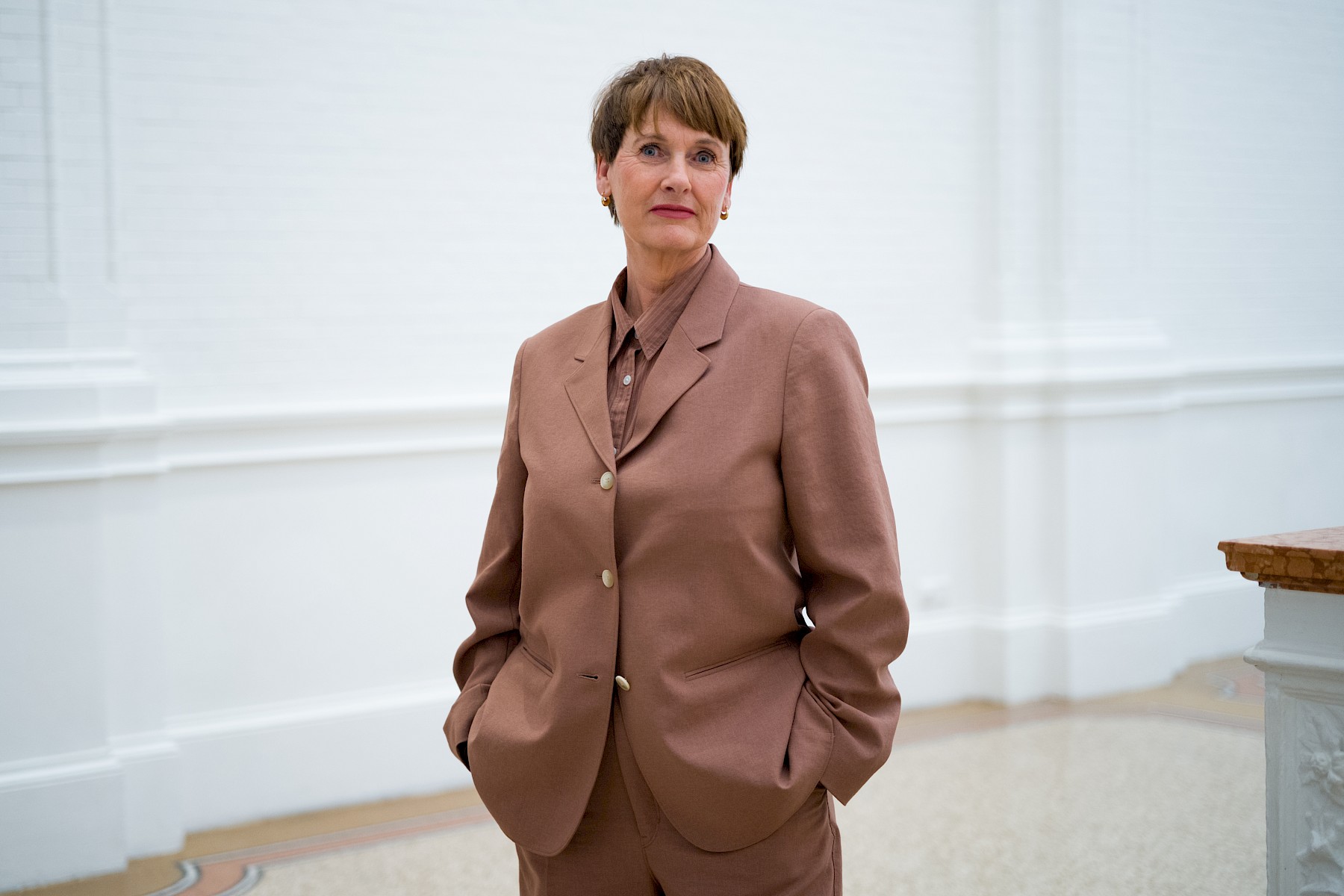Ambassadeur Leontine Coelewij

Leontine Coelewij is curator at the Stedelijk Museum Amsterdam and ambassador of the artwork Observatory (Observatorium) by Robert Morris. At the time (1977), the Stedelijk Museum played an important role in the relocation of Observatory to Lelystad. Coelewij specialises in this (art) historical period.
"The Stedelijk Museum and Robert Morris' artwork Observatory share a history. Observatory was made in the context of the exhibition Sonsbeek buiten de perken (1971), curated by Wim Beeren. He had to quit his job at the Stedelijk to actually realise this exhibition!
It featured a radically different vision of what sculpture could be. Also, the exhibition was scattered in different places throughout the Netherlands. No sculptures on pedestals in the park, but land art such as Broken Circle/Spiral Hill by Robert Smithson in Emmen and Observatory by Robert Morris in Velsen. These artworks do not stand in contrast with nature, rather, they are part of it or have a relationship with it. One could almost say that they are some sort of devices that allow one to experience nature differently. If only because one has to be outside to experience it.
Observatory could not remain in Velsen. A new location had to be found for it. Edy de Wilde, director of the Stedelijk at the time, played an important mediating role in the process of the relocation of the artwork in Flevoland. The artwork enjoys a relatively unobstructed setting in the landscape; to be given so much space in the crowded Netherlands is really quite special."
Inside and outside
"I specialise in art made between 1960 to 1990, which is the period in which Robert Morris was active. What I find interesting about the art from that period is that artists were really looking to push the boundaries of art. They did this in many different ways, for instance by looking for new places to make art, or by incorporating elements from nature into their work. To me this is interesting precisely because I work in a museum, and this was the time when artists started challenging the very institution of the museum.
The Stedelijk Museum Amsterdam has an extraordinary work of art by Robert Morris in its collection, which I commissioned a reprise of a few years ago. It is entitled Amsterdam Project and dates from 1969, two years before Observatory. It consists of instructions: Robert Morris instructs the people working in the museum to collect various combustible materials and place them in the exhibition for a certain period of time. He gave examples of what those materials could be, for example: coal, oil, logs, paper. He literally had the outside world brought inside.
What was his intention? He was looking for an interaction between inside and outside the museum walls, and he was interested in new materials that could also adopt a different form. Added to that is his interest in the passage of time. This artwork is process-based, it has a progression: new materials were added every few days. At the end, there was nothing left of it at all, because on the very last day of the exhibition, all the materials had to be collected and set on fire in a safe place outside the museum. Which is what we did. However, that was not all that easy, because you can' t simply light a fire here right on the museum’s doorstep."
The sun as material
"I find the process-based nature of Observatory very interesting. As a work of art, it is never 'finished'. The passage of time is important as Observatory appears different from day to day.
It is interesting to reflect on what the defining aspects of this artwork are. It has a strong formal aspect, with the circles of the ramparts and the triangles of the wedges – in this sense, Morris is indebted to Minimalism in this work. Another characteristic of art that deals with time is the use of natural materials. The ramparts of Observatory are plain soil, with grass growing on them. But you could also say that the sun, or the position of the sun, is just as much an element of the artwork. You might even say that 'time' is a material for him. That idea appeals to me.
Unfortunately, I have only visited the artwork once – and not even on a particularly special day. So I would love to see the work during the summer or winter solstice, when the sunrise can be observed through the artwork's visors. But when I was there in the summer, I already really enjoyed being there for some time. What is special is that you can really become absorbed in this work. It is not work you stand in front of, you really are in it. It surrounds you, you can become immersed in it."